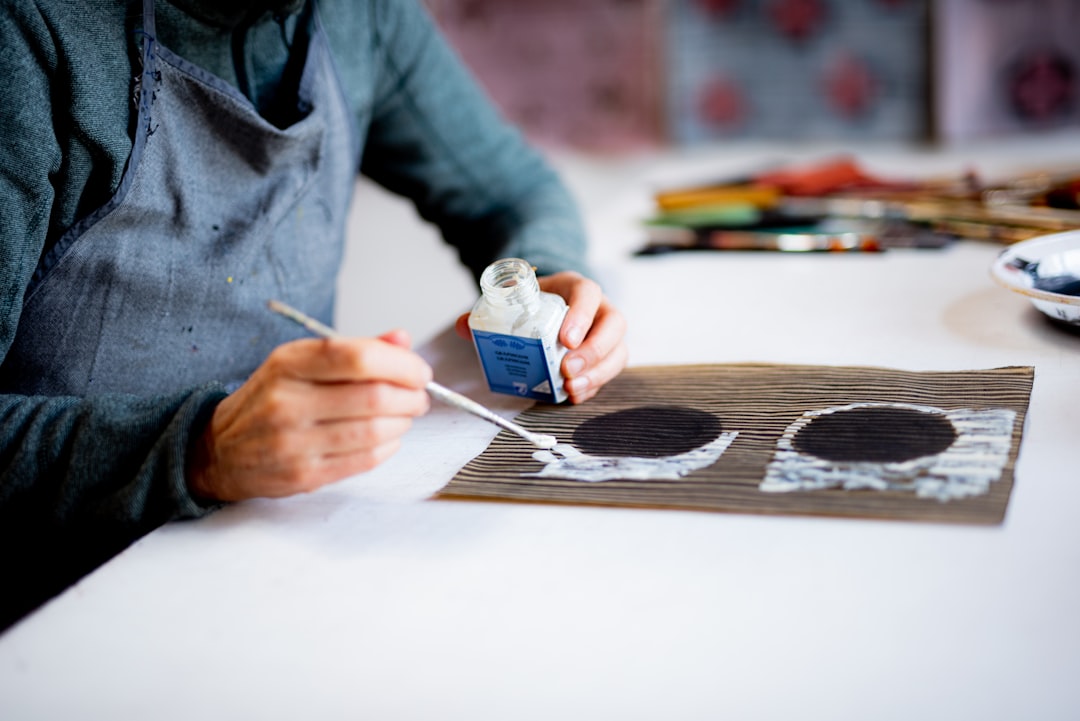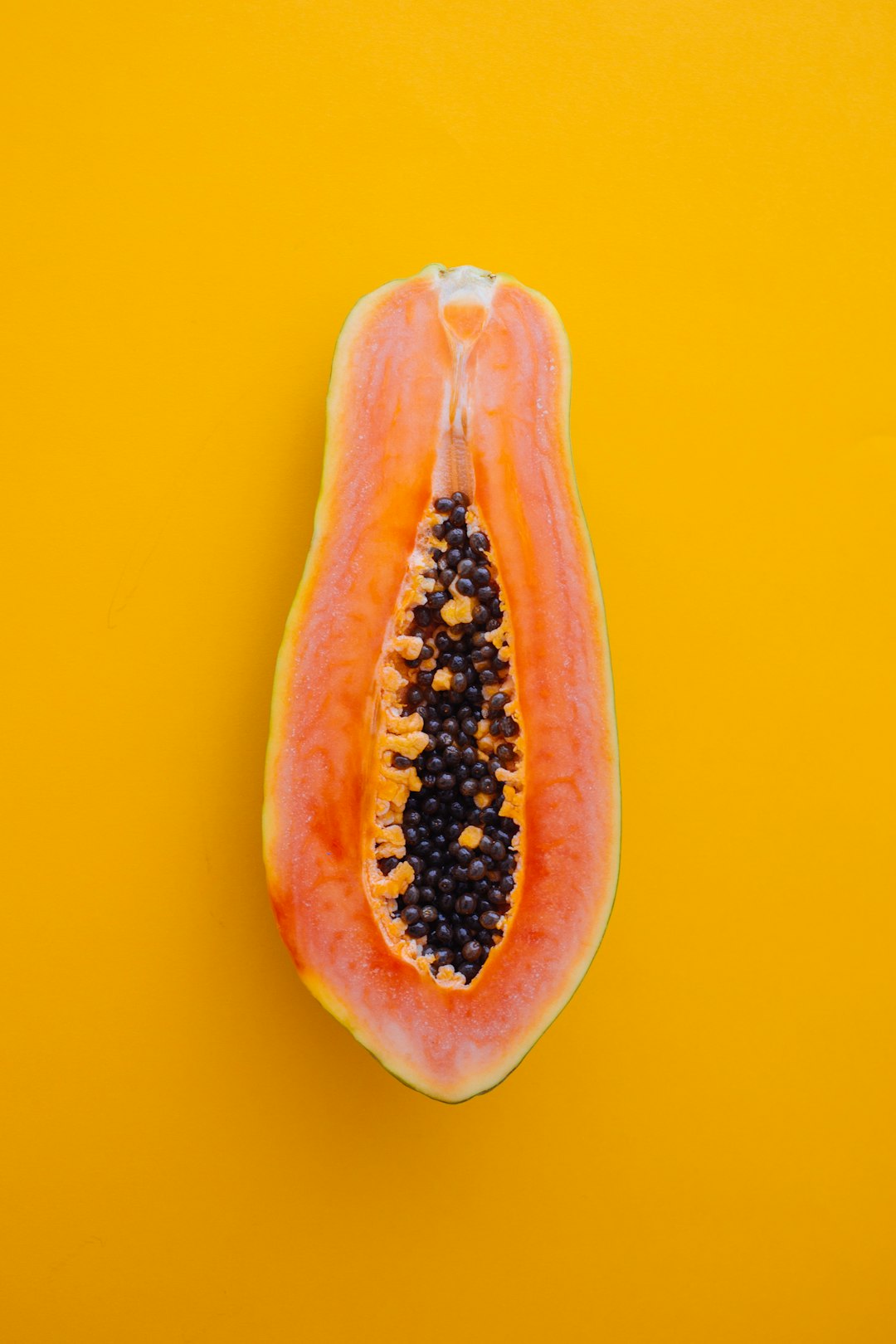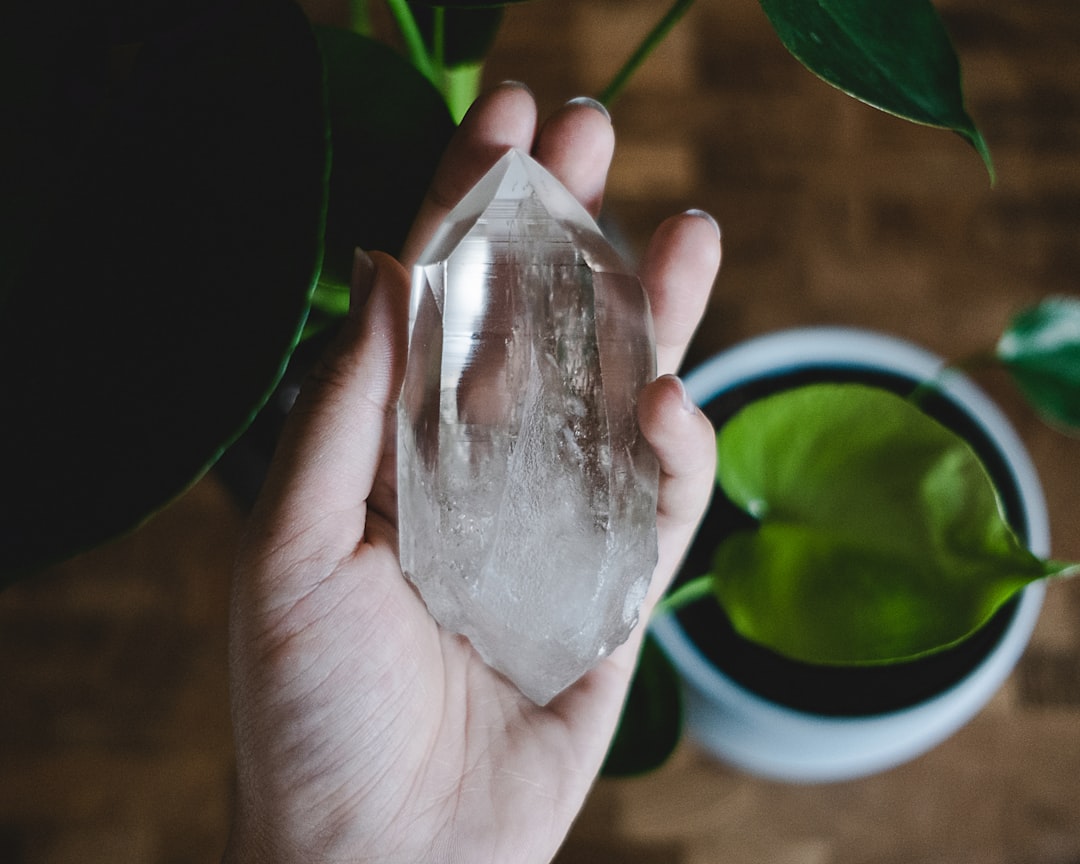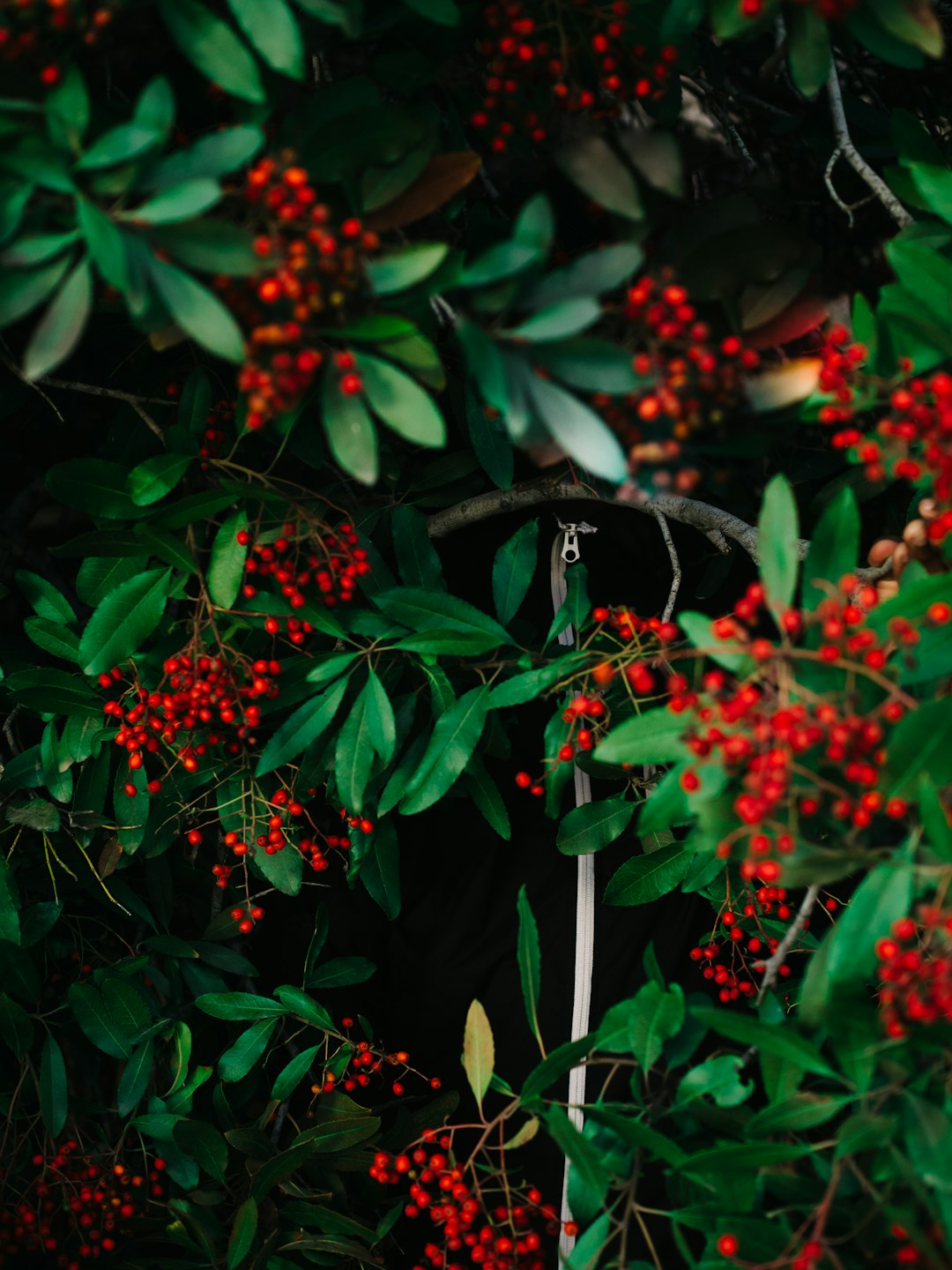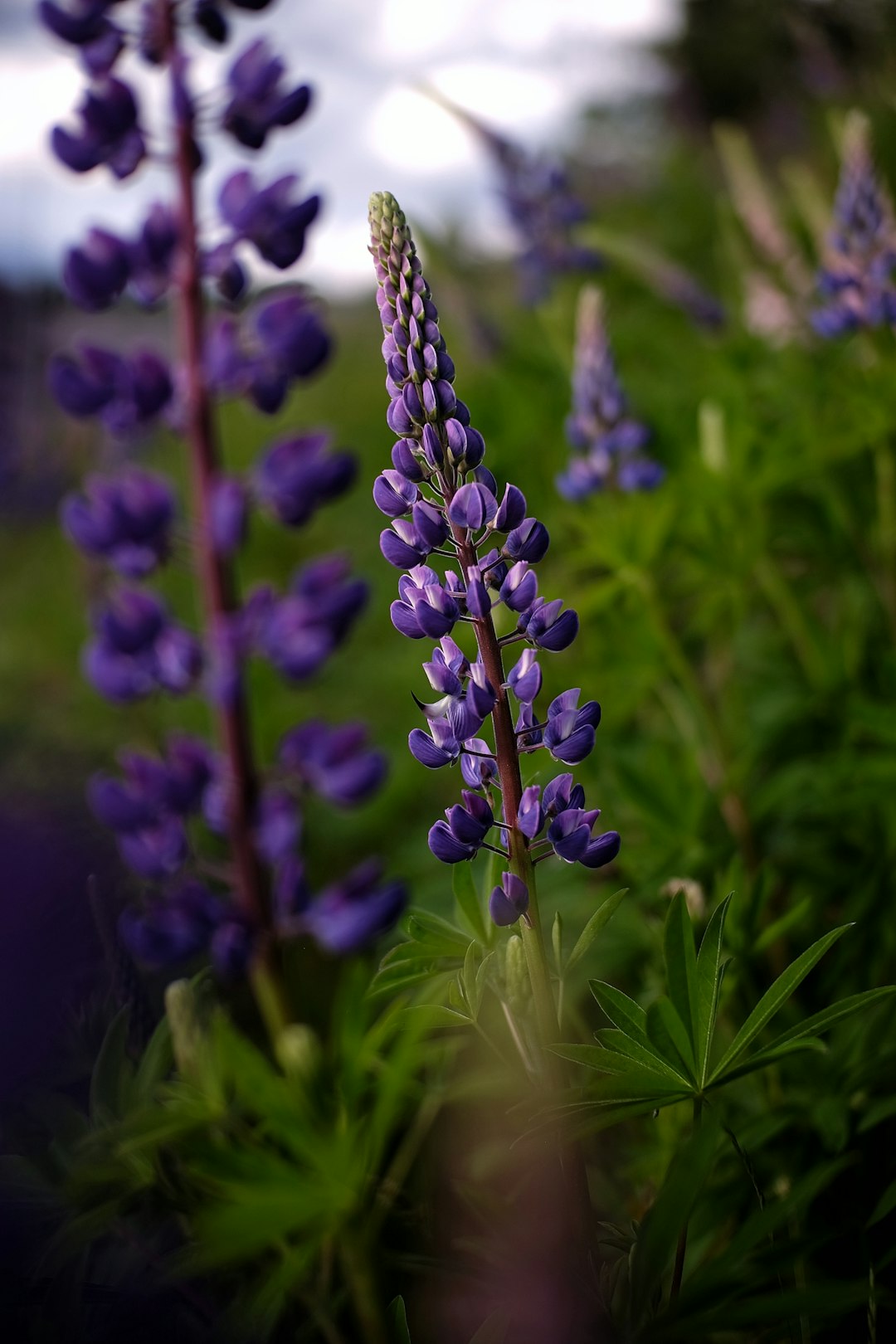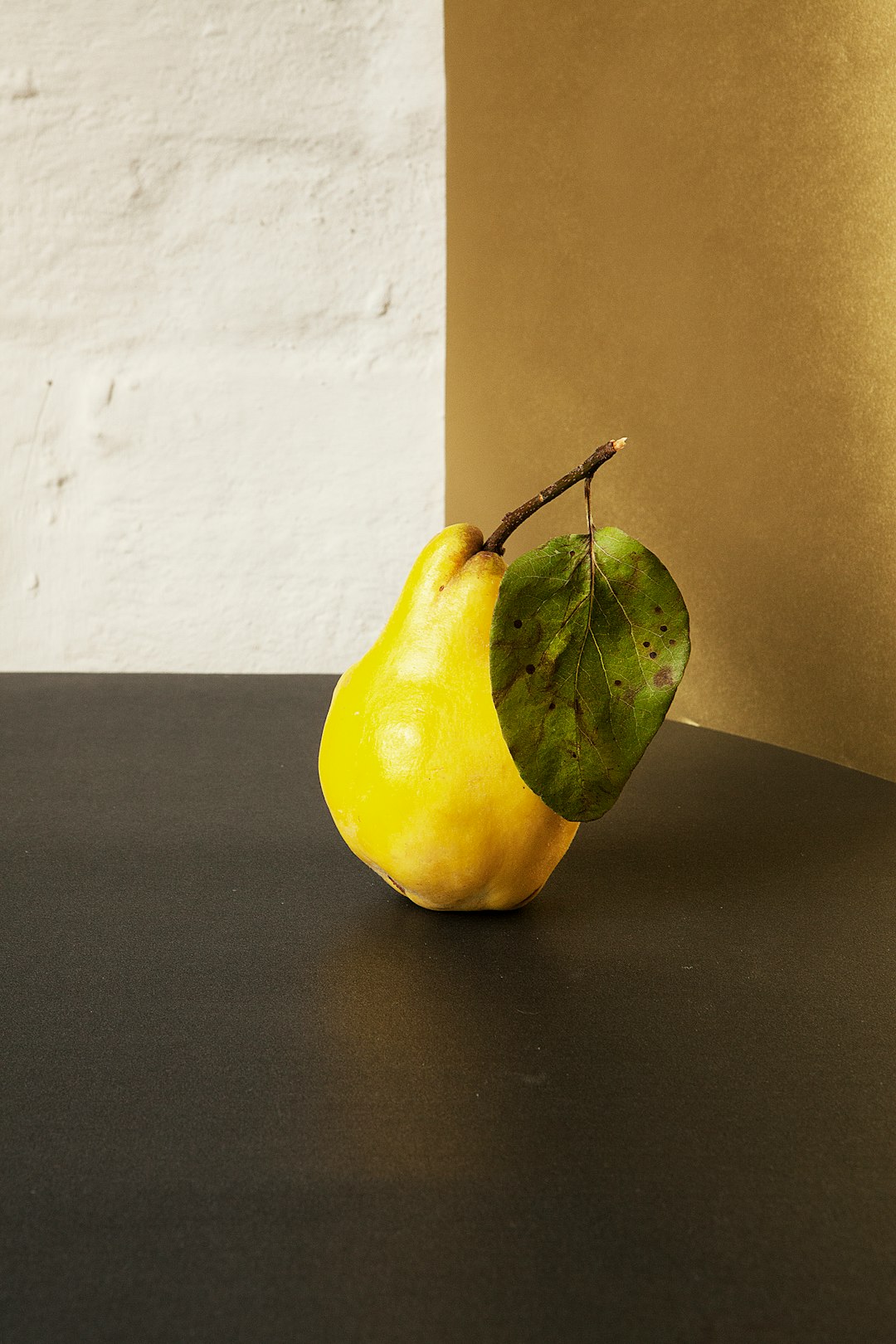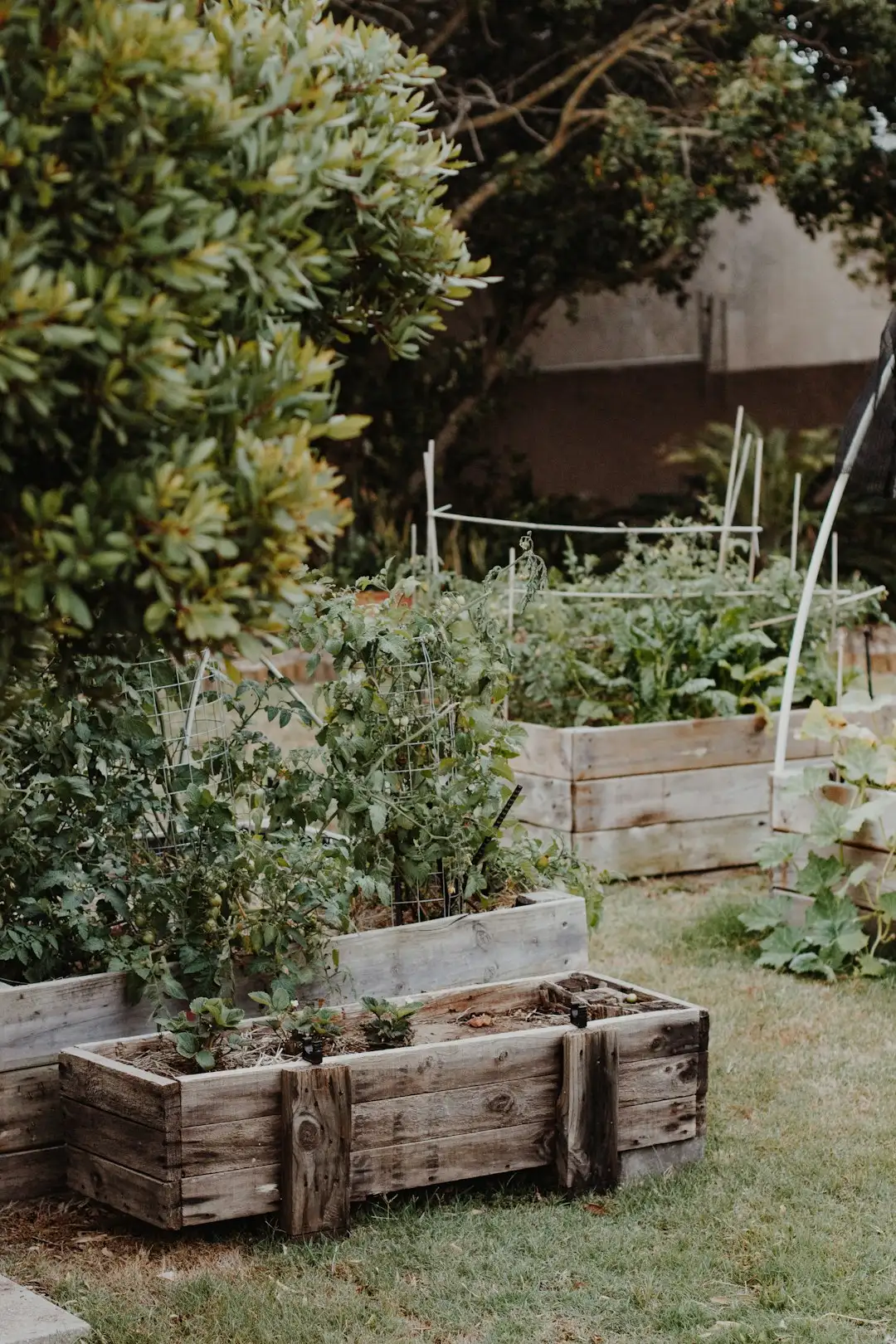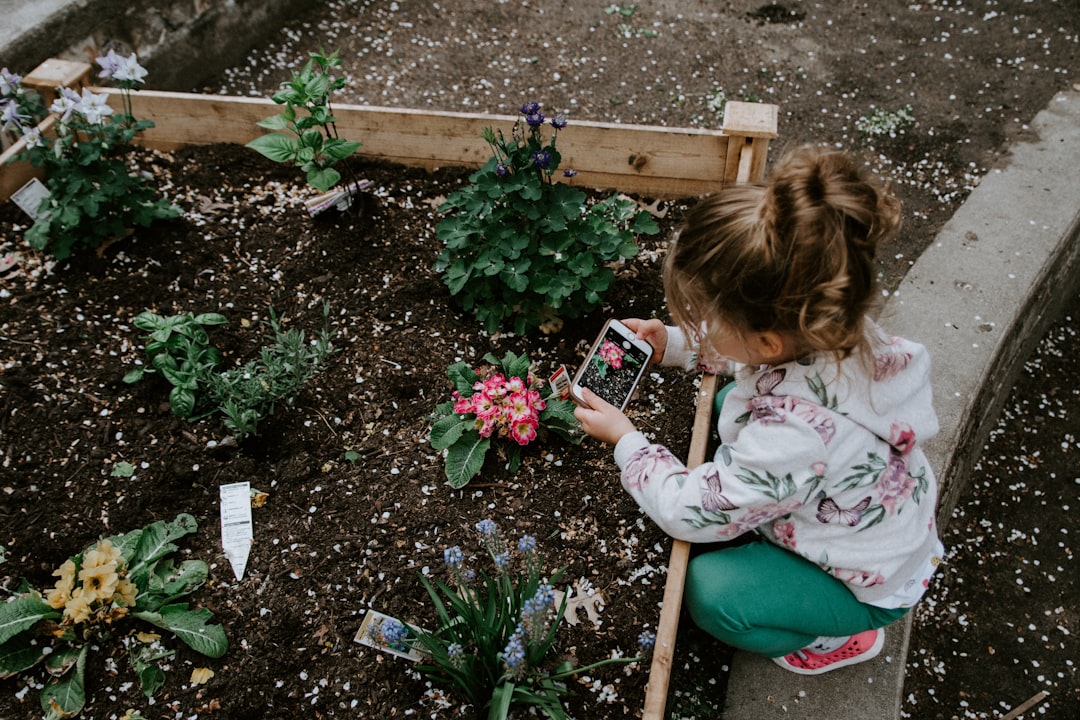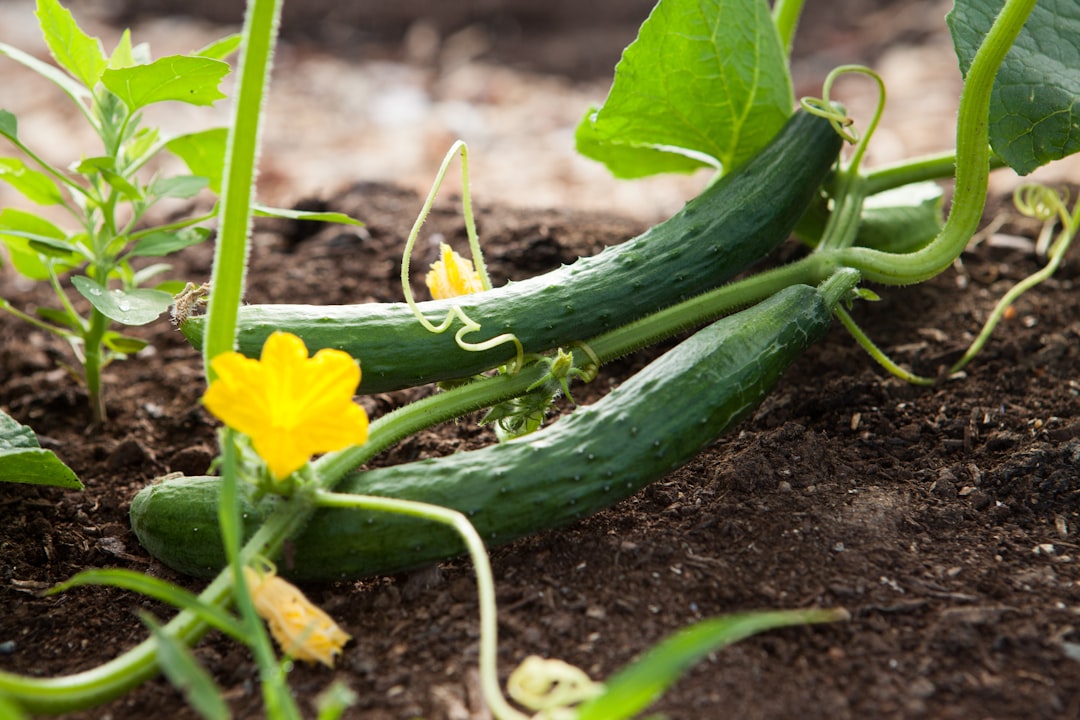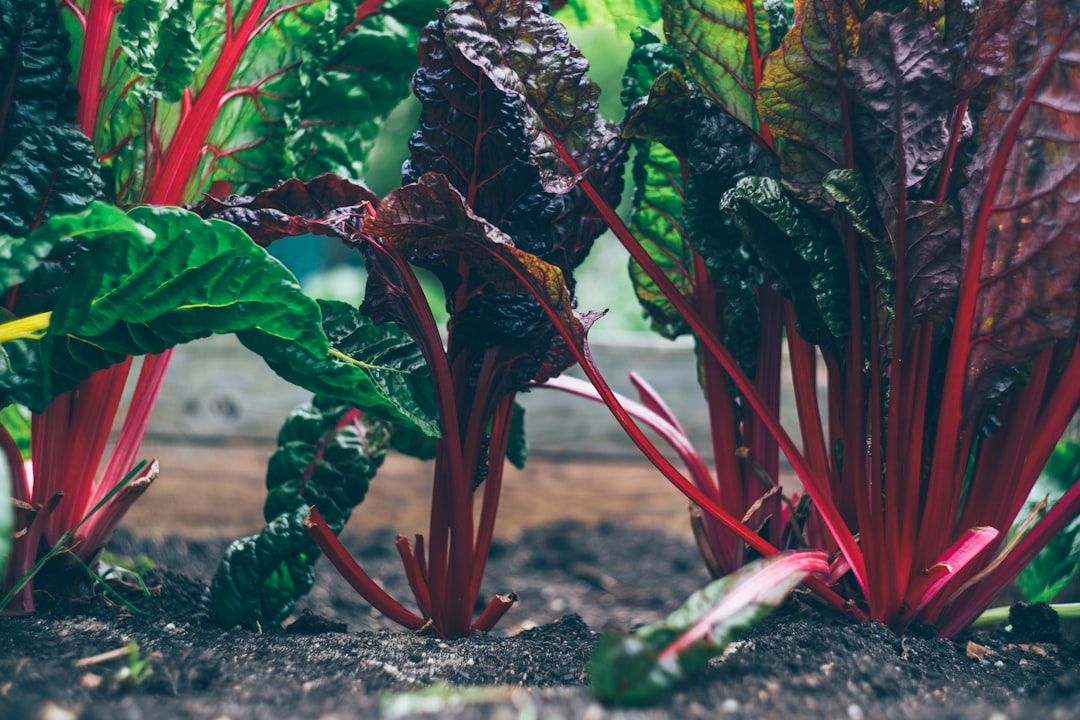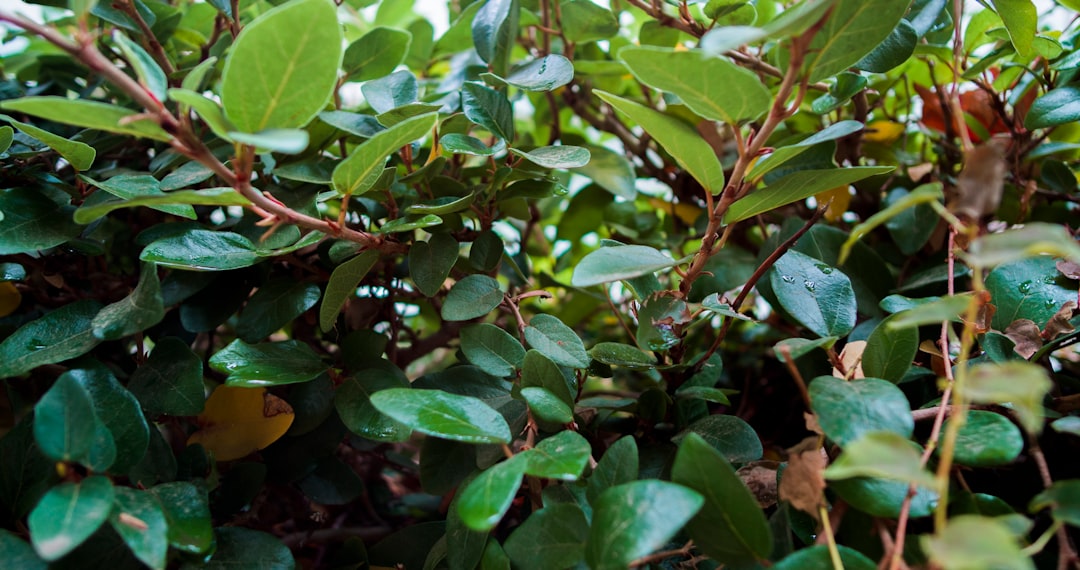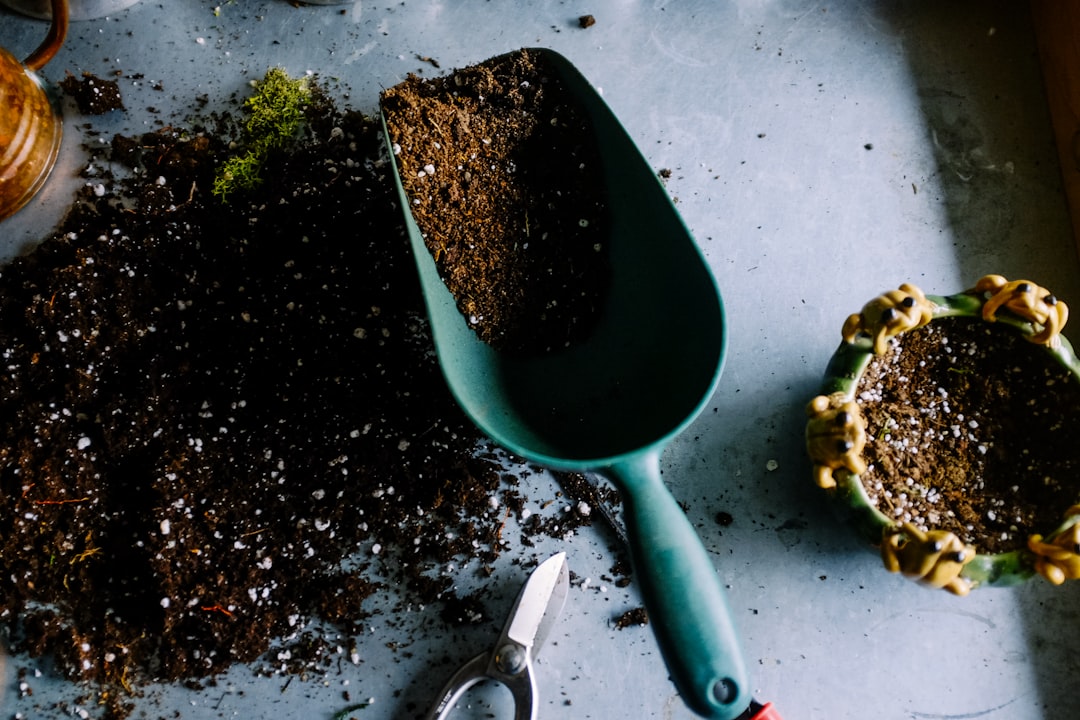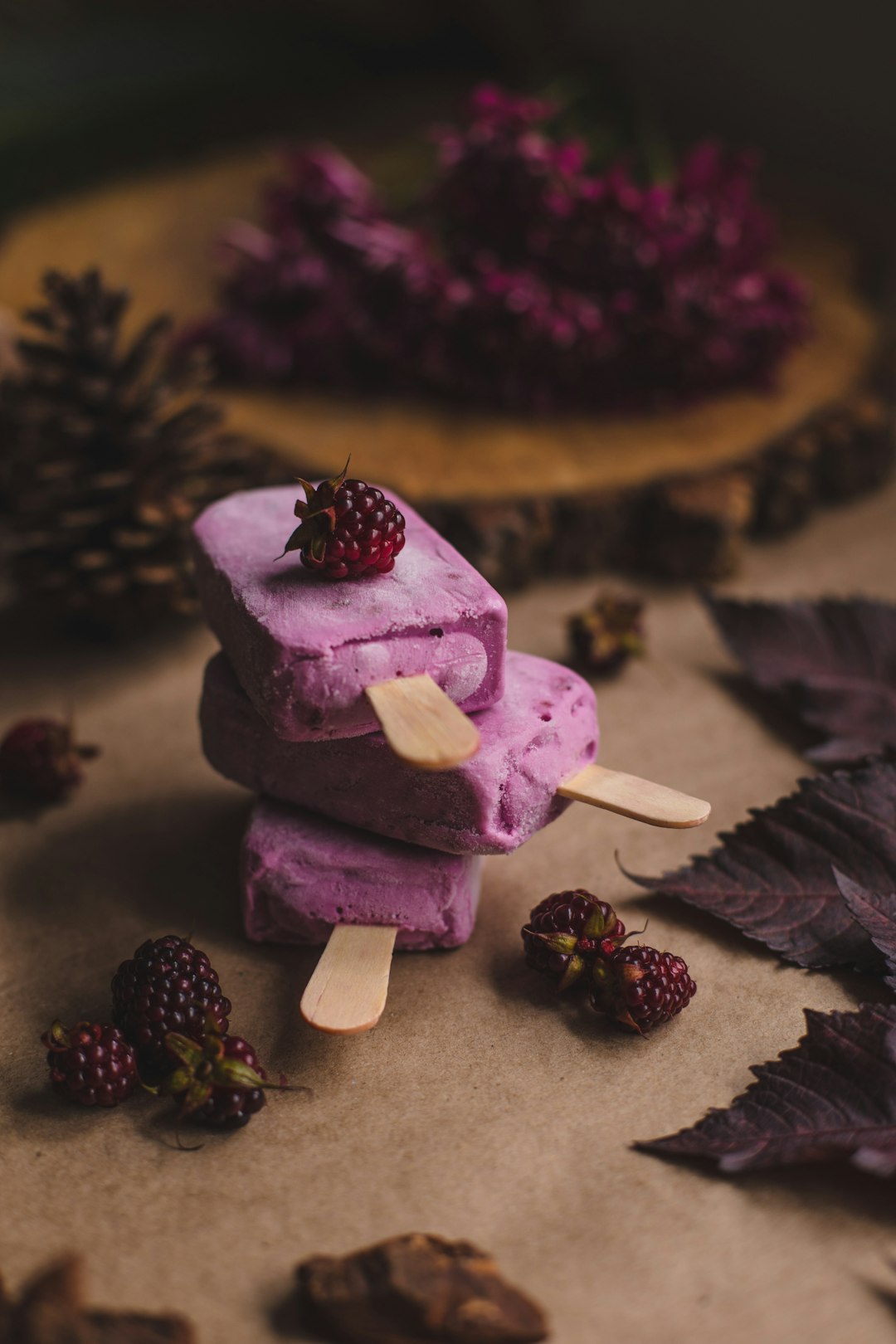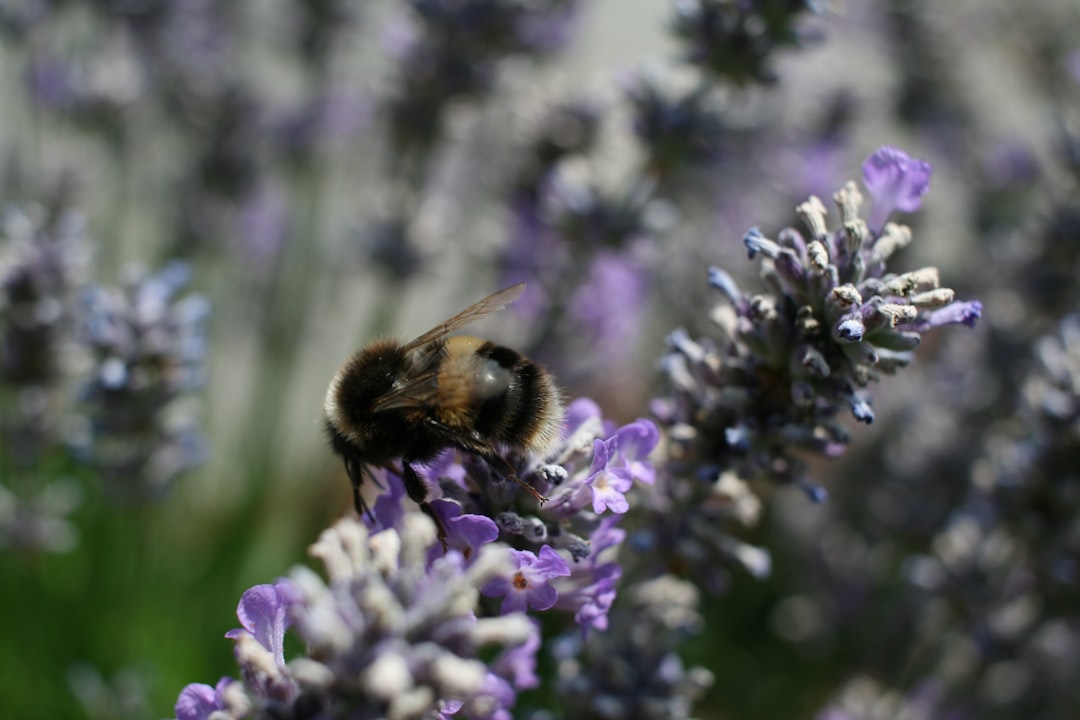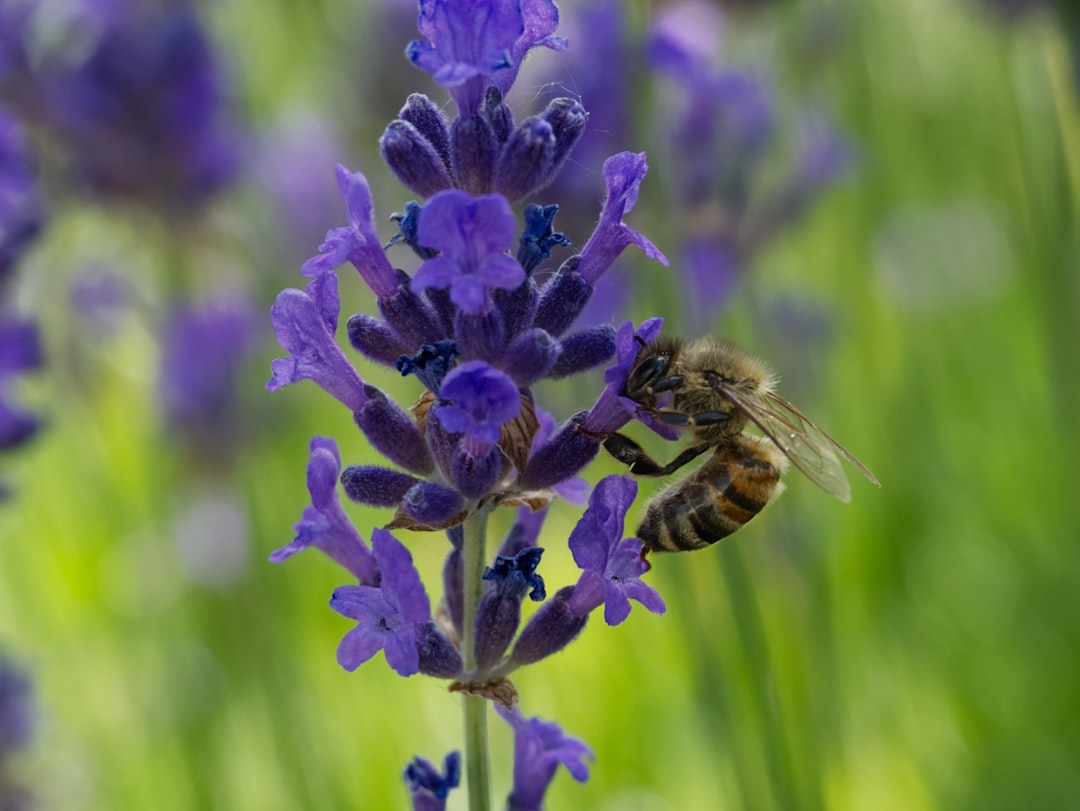
Edible gardening has become a popular trend in recent years, and among all the edible plants you can grow at home, sprouts stand out as one of the freshest and most nutritious options. From alfalfa to mung beans, home - grown sprouts offer a unique taste and a wealth of health benefits. In this article, we will guide you through the step - by - step process of safely growing your own sprouts.
First and foremost, let's understand why sprouts are so special. Sprouts are essentially germinated seeds. During the germination process, the seeds undergo significant biochemical changes. They break down complex substances into simpler, more easily digestible forms. For example, the starches in the seeds are converted into sugars, and proteins are broken down into amino acids. This not only makes sprouts more nutritious but also easier for our bodies to absorb the nutrients.
When it comes to choosing the seeds for sprouting, you have a wide range of options. Alfalfa seeds are a classic choice. They are rich in vitamins A, C, and K, as well as minerals like calcium and iron. Mung beans are another popular option. They are a great source of protein and dietary fiber. Other seeds that can be used for sprouting include broccoli seeds, radish seeds, and lentils. Make sure to purchase high - quality seeds from a reliable source. Avoid using seeds that are treated with pesticides or other chemicals, as these can be harmful when consumed.
Now, let's move on to the actual sprouting process. The first step is to soak the seeds. Place the seeds in a clean jar or container and cover them with water. The amount of water should be about three times the volume of the seeds. Let the seeds soak for the appropriate amount of time, which varies depending on the type of seeds. For alfalfa seeds, soaking for 4 - 6 hours is usually sufficient. Mung beans, on the other hand, may need to soak for 8 - 12 hours. During the soaking process, the seeds will absorb water and start to swell.
After soaking, drain the water from the container. You can use a fine - mesh sieve or cheesecloth to drain the water effectively. Then, rinse the seeds thoroughly with clean, cool water. This helps to remove any dirt or debris from the seeds. Next, place the seeds back in the container and cover it with a breathable lid or cloth. This allows air to circulate while preventing dust and insects from getting in.
Now, it's time to let the seeds sprout. Keep the container in a cool, dark place. You can place it in a pantry or a cupboard. Rinse the seeds with water at least twice a day. This helps to keep the seeds moist and provides the necessary environment for germination. As the seeds start to sprout, you will notice small white tails emerging from them. This is a sign that the sprouting process is working.
Once the sprouts have reached the desired length, usually within 3 - 5 days depending on the type of seeds, it's time to harvest them. Rinse the sprouts one last time and drain them well. You can store the sprouts in the refrigerator in a sealed container for up to a week. However, it's best to consume them as fresh as possible to enjoy their full flavor and nutritional value.
When it comes to using your home - grown sprouts, the possibilities are endless. You can add them to salads for an extra crunch and a boost of nutrition. They also make a great addition to sandwiches and wraps. You can even use sprouts in stir - fries or soups. Their fresh and delicate flavor can enhance the taste of any dish.
It's important to note that while growing sprouts at home is generally safe, there are some precautions you need to take. Always use clean water and containers to prevent the growth of harmful bacteria. Make sure to wash your hands thoroughly before handling the seeds and sprouts. If you notice any signs of mold or an unpleasant odor during the sprouting process, discard the sprouts immediately.
In conclusion, growing your own sprouts at home is a rewarding and healthy activity. It allows you to enjoy the freshest and most nutritious produce right from your own kitchen. By following these simple steps, you can safely grow a variety of sprouts and add them to your diet. So, why not give it a try and start your own edible gardening journey with sprouts today?
New






